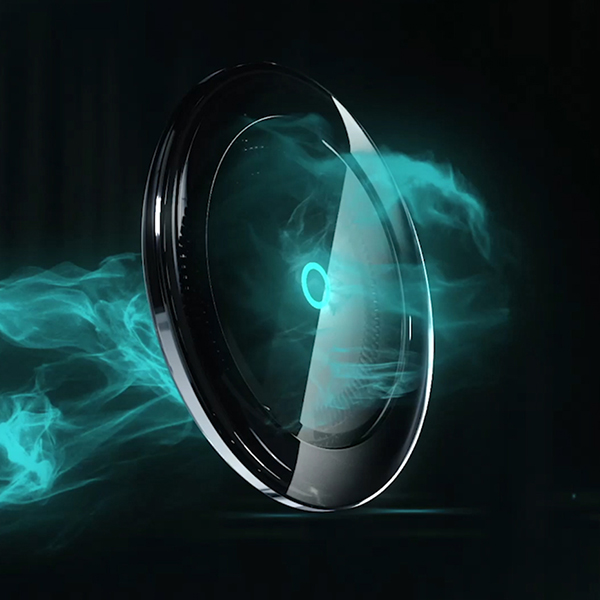Wireless power, also referred to as wireless charging, is the way to go today and is a technology standard increasing yearly worldwide. People no longer must accept the traditional standard of being “tied down” by cords. From headphones to telephones, all things are becoming wireless.

Who has the time to look for a charger or adapter to plug into a wall? It can be tedious to connect and plug in a charger to give a device that much-needed charge.
The good news is that wireless power technology is continuously evolving. This brief overview explains why and how this technology is on the rise and being implemented into more and more applications.
The Problem?

The Solution?
To tackle these problems, there has been a surgency in implementing wireless power solutions for an ever-growing array of applications. Wireless power solutions increase convenience, reliability, and battery management. In today’s world, wireless power solutions are being implemented increasingly in the automotive, aerospace, medical, manufacturing, and consumer electronics industries, to mention just a few, but the possibilities are enormous.
Types Of Wireless Charging
Now that you know the benefits of wireless power, here are some methods:
- Inductive charging: Uses magnetic induction to transfer up to a few 10’s of watts over a few mm of distance. This technology has been adopted mainly in smartphones and accessories like smartwatches and ear pods.
- Radio Frequency based charging: Uses radio frequency to transfer power over a few centimeters and up to a few meters. Due to safety and regulatory reasons, this technology is limited to sub <1W applications such as IoT devices and sensors.
- Resonance charging: Like inductive charging, this is based on magnetic induction, but it operates on the resonance point, providing more spatial freedom and enabling charging up to a few centimeters. Due to the challenges of working at the resonances point resonances technologies have adopted communication-based on out-of-band communication such as Bluetooth and normally operated at 6.78MGz (examples: robots, electrical vehicles).
- Powermat SmartInductive™ is a unique technology for any device and bridges the gap between magnetic induction and resonance, overcoming the industry challenges.
Figure 1: Comparison between standard inductive solution vs. Powermat SmartInductive™ Technology
How Does Wireless Power Work?
Wireless power transfers energy using one of the methods above to charge a device’s battery. Based on magnetic induction, Powermat SmartInductive™ Technology provides a broader scope of capabilities than traditional magnetic induction solutions found in the market today. The unique Powermat SmartInductive™ approach offers a hybrid solution between inductive wireless charging and resonance, capturing the best of both worlds. Powermat SmartInductive™ provides more power, more freedom of positioning, longer ranges between wireless power transmitters & receivers, and lower implementation costs. Technology uses a unique in-band high quality modem to enable power control on and off the resonance point.
The electric energy is transferred from a transmitter that receives power from a common power source and transmits the electric energy via electromagnetic induction to a device’s receiver (located in the device).
Advantages?

With that said, the following major smartphone manufacturers are utilizing wireless charging technology, and it is increasing across all companies, such as:
- Apple
- Huawei
- LG
- Motorola
- Samsung, AND
- Sony
Conclusion

Contributed Blog – Courtesy of George J. Newton a writer and editor at Write my personal statement and Dissertation writing service. He is also a contributing writer at Next Coursework. As a content writer, he writes articles about business trends, coding, and tech trends.



